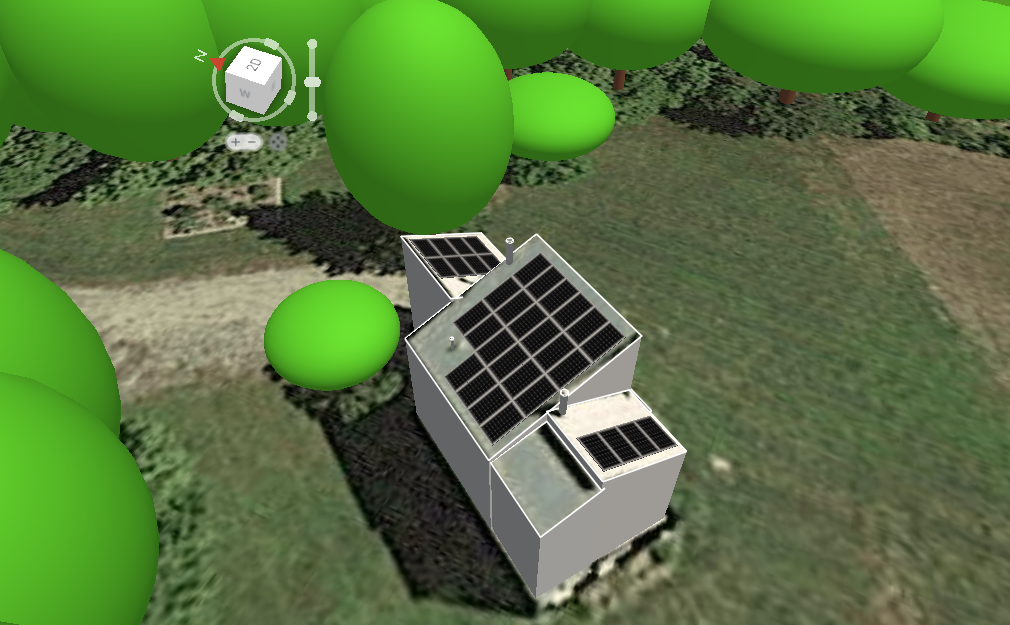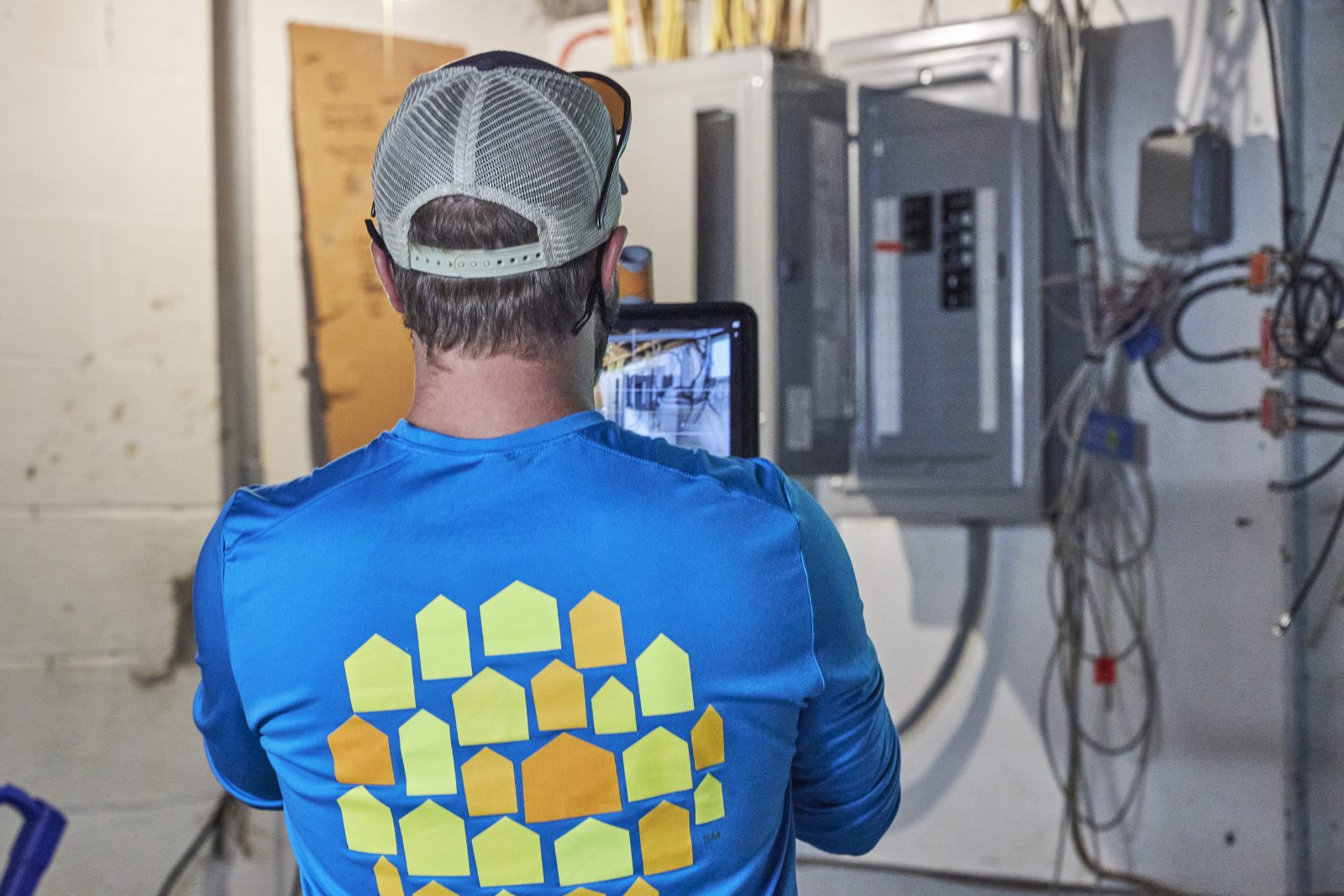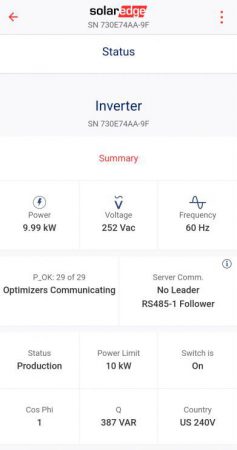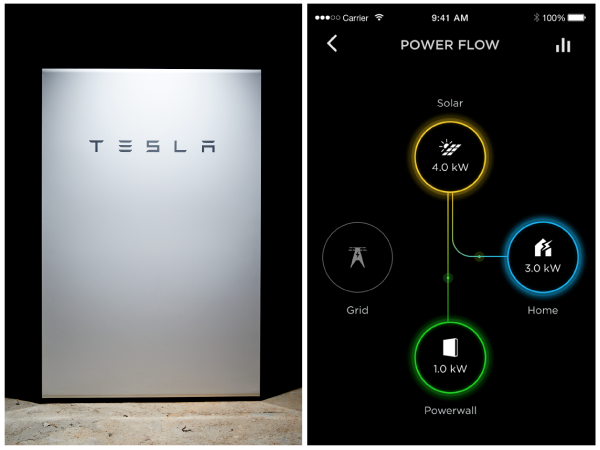Q&A with Customer Experience Manager,
With nearly 10,000 residential solar system installations under our belt, it’s fair to say SunCommon has a lot of experience and expertise! Over the years, we’ve dialed in our approach to transform a complicated process into a seamless experience for our customers.
We sat down with Customer Experience Manager Marlaina Hunter to learn some of the most important things a homeowner should know as they begin their solar project.


So whats the first step in going solar?
To begin, you’ll have a virtual meeting with one of our knowledgeable Solar Home Advisors. The first thing they’ll want to know is how much electricity you are currently using—this is used to size your system properly and estimate the number of panels you’ll need. (If you have plans to purchase an EV in the near future, they’ll want to know about that too, since that will increase your electricity usage.) Your Solar Home Advisor will use a combination of satellite images and an industry-leading technology called Aurora to create a 3D visual of what your home will look like with solar. From there you’ll have a preliminary system design and price quote.


If all systems are go, then what happens?
Once you do decide to go solar with us, we’ll send an evaluator to your house. During their visit, your evaluator will map the path of the sun and take note of any trees or structures that may shade your solar system. If you’re going with a roof-mounted solar system, they’ll venture into your attic to make sure your roof is structurally up to the task of holding panels. They may even fly a drone over your house to get measurements, which is really neat. The most important thing, but probably the least exciting, is inspecting your electrical panel.


From there, all the measurements and electrical info go to our solar engineers. Every system we design and build is custom to your home and energy usage — no two solar systems are the same. There are a lot of electrical and mathematical calculations that our engineers need to work through, not to mention utility requirements and property setbacks. I think once an evaluator has been to your house, customers are eager to get up and running. But our team of engineers has to analyze every. single. detail. before they can actually design your system. It’s a long but critical part of the process, sometimes taking 6 weeks.
Beyond the panels, what other equipment should customers be prepared to have installed on their home?
The inverter or combiner box, which is arguably the most important part of your solar system! Sometimes called the “brain” of the system, it converts DC energy from your panels into AC energy so it’s usable in your home. It’s also connected to your home’s Wi-Fi so you can easily monitor your solar energy production. The inverter might be located outside, either on a pedastel or directly on your house, or it might be inside your home near your electrical panel. Most utilities in Vermont will also install another meter, for net metering purposes. In New York, utilities typically just switch out your existing meter with a net meter.
So how long, on average, does the whole process take?
The short answer is: it depends. For most roof-mounted systems in Vermont, it’s a pretty seamless process (as long as you don’t need any electrical upgrades). So, from the time your evaluation is complete to the time you’re powered up, it’s about two months, on average. For ground-mounted systems though, we need to consider the time of year: when the ground freezes in winter, we’re not able to install the ground screws used to anchor the array. So if you decide to go solar in the late fall, you may not be installed until the following spring.
In New York, every municipality has different regulations for installing solar, so timing is tricky to predict and mainly depends on how quickly your municipality can process your application. It could be two months, or it could be six months. The good news for our New York customers is they don’t have to go to planning board meetings or talk to the municipality — SunCommon takes care of that for all of our customers. (In fact, when customers are involved in that phase, they typically end up slowing things down!)


Let’s shift to after the system is installed. What maintenance is required?
The most important thing is monitoring your system at least once a week. Monitoring in this case simply means checking in on your solar production to make sure everything is working as it should. The easiest way to do this is by checking your solar production app on your phone. Most of the time everything will go like clockwork, but it’s a good idea to keep an eye on it. If there is a glitch with your system, you’ll want to catch it quickly so you don’t miss out on production!
What should folks do if things aren’t working correctly?
If it’s a sunny day, and your monitoring app shows that your system isn’t producing electricity, you should go out to your inverter and take a look. Some inverters will display error codes which can diagnose the problem. If you see an error code, take a photo of it or write it down. Then head to our Customer Support page and check out the instructions for power-cycling your inverter. If your system isn’t working, one of the best things to do first is power-cycle your system, which is just a fancy way of saying restart or reboot.
What happens if the power goes out?
If the power is out, and you don’t have backup power at your home, your solar system will turn off and stop producing electricity because it is tied to the grid.


Can you tell us more about backup power options?
Yes, we install the Tesla Powerwall. Like a generator, this giant battery provides backup power in the event of an outage — but unlike a generator, it’s silent and doesn’t run on fossil fuels! When the power goes out, Powerwall automatically kicks into gear, and most people don’t even notice when their home starts running on Powerwall instead of drawing from the grid. If you’re considering adding battery backup to your home, it’s important to know that it’s meant mainly for running just the basics: think refrigerator, freezer, internet, and a well pump. You wouldn’t want to run energy-intensive appliances like air conditioners off your Powerwall because they’ll run the battery down much quicker.
Anything else that’s helpful to share?
I like to remind our SunCommon customers that if they feel passionate about reducing the effects of climate change and enjoyed working with SunCommon, they should talk to their neighbors, family, and friends about the benefits of going solar. Every solar-powered home makes a difference, and inspiring your friends to go solar is a powerful climate action. Plus, if you refer them and they go solar with us, we’ll send you $500. There’s no limit to the number of people you can refer, so the more the merrier!




